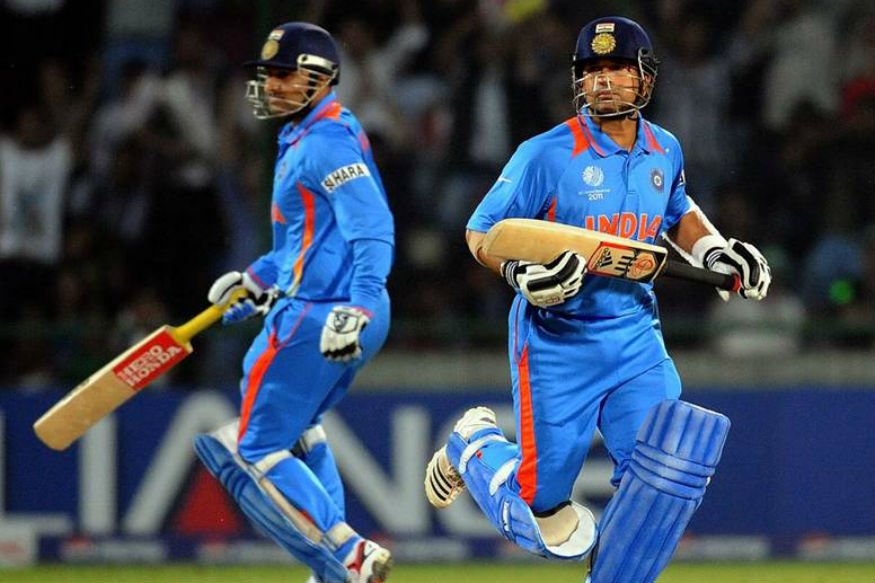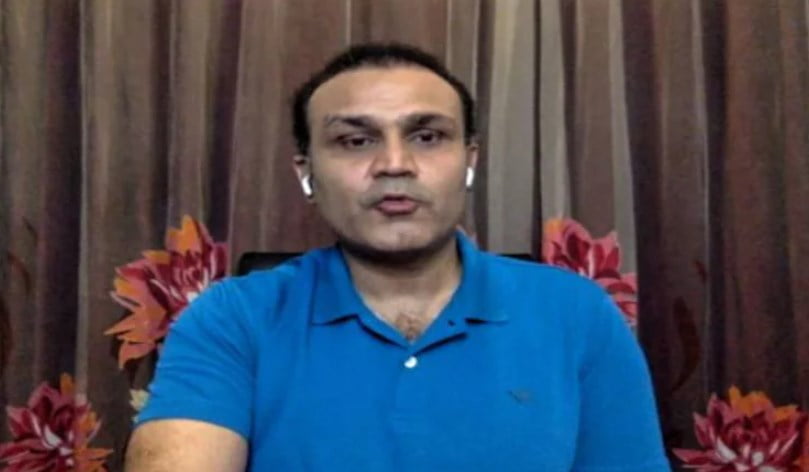Former Indian opener, Virender Sehwag explained how he learned to play picture-perfect straight drive and mesmerizing backfoot punch of legendary Indian cricketer, Sachin Tendulkar just by seeing it on television. Sehwag recalled teh same during a recent launch of a mobile app.

Virender Sehwag explained, “I started seeing cricket on television during the 1992 World Cup and by looking on television, I tried to learn the straight drive of Sachin Tendulkar. Sehwag further evaluated the importance of technology in this day and age in the life of cricketers. “
ALSO READ: Ramiz Raja Compares Virat Kohli To Lionel Messi Regarding ICC Tournaments Win
He further added, “Today, there are videos available on the internet about all things cricket to learn for the younger people. Maybe if I had those facilities in my day, I would have learned things faster and possibly had played for the Indian team at a younger age.”
Sehwag, who was not famous for his foot movement during the start of his cricketing career, explained how the correct advice from Mansoor Ali Khan Pataudi, Sunil Gavaskar, and Krishnamachari Srikkanth helped him to work on his game and improve.

Virender Sehwag said, “Everyone said I need to improve my foot movement but nobody had the answers how. But by the advice of Mansoor Ali Khan Pataudi, Sunil Gavaskar, and Krishnamachari Srikkanth to stand on middle-off instead of leg stump helped me a lot.”
Stressing the importance of both mental and skill aspects in the game, Virender Sehwag, who had joined Sanjay Bangar in the app launch told the latter how even international cricketers are finding it difficult to find their mistakes.
ALSO READ: Eoin Morgan, Jos Buttler Get Under Investigation For Alleged Racist Tweets
Sehwag explained, “When I spoke with Sanjay (Bangar) and (then) Sanjay told me that the mental aspect is important but skill is also important. Because he spent so much time with the Indian cricket team as a batting coach and he told me that a lot of even international cricketers are finding difficulty (finding it difficult) to find their mistakes.”
